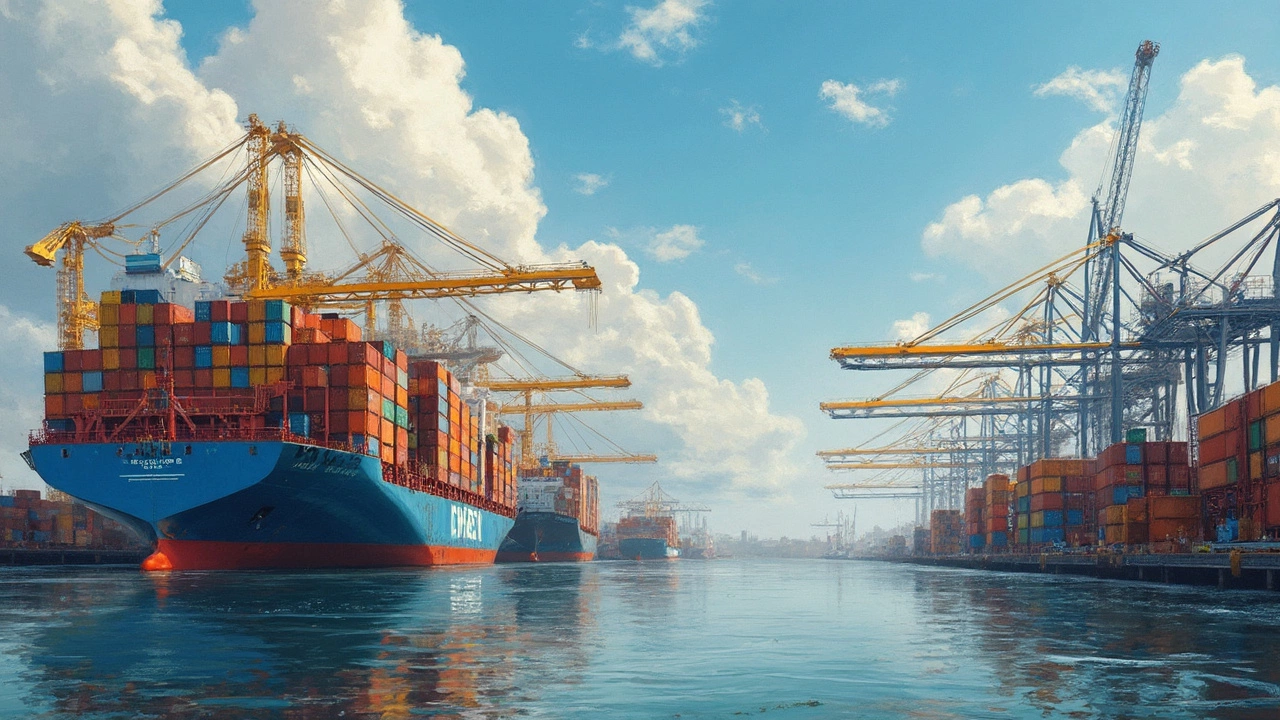Global Delivery: What You Need to Know Before You Ship
Sending a parcel across borders feels tricky, but it doesn’t have to be. Whether you’re moving a box of souvenirs or a pallet of inventory, the right steps keep your shipment safe and affordable. Below you’ll find the basics that make international shipping smoother, plus a few tricks most people miss.
Key Factors to Consider
First, pick the right carrier. Big names like UPS, FedEx, DHL, and national posts each have their own price tables, speed options, and size limits. A 5 lb package that costs £12 with UPS might be £10 with DHL, but the delivery window could differ by a day or two. Check the carrier’s maximum dimensions – UPS, for example, caps length at 108 inches, while DHL may allow larger pallets.
Next, look at customs paperwork. Most countries need a commercial invoice that lists the item’s value, description, and HS code. Skip the generic “miscellaneous” label; customs agents flag vague entries and may delay your box. Adding a clear description and accurate value helps the shipment move faster and avoids surprise duties.
Don’t forget insurance. A high‑value item sent without coverage can cost more in the long run if something goes wrong. Many carriers offer built‑in insurance up to a few thousand pounds, and you can buy extra if needed. Compare the cost of insurance versus the risk of loss – it often pays off.
Saving Money on International Shipments
Bundling shipments is a quick win. If you have several small parcels heading to the same country, combine them into one larger box. Carriers usually charge by weight and size, so a single 20 kg box often costs less than five 4 kg boxes.
Use online rate calculators. Most carrier sites let you plug in weight, dimensions, and destination to see real‑time quotes. Do the math for a few carriers side by side – you’ll spot the cheapest option without guessing.
Timing matters. Shipping during peak seasons (e.g., holidays) pushes rates up. If you can wait a week or two, schedule your dispatch for off‑peak days to lock in lower fees.
Consider hybrid services. Some providers specialize in the “last mile” – the final delivery to the recipient’s door. They partner with local couriers, offering cheaper rates than the large carrier’s end‑to‑end pricing. This approach works well for e‑commerce businesses that already handle the bulk of the journey.
Finally, track your package. A tracking number isn’t just for peace of mind; it lets you see where the parcel is and catch issues early. If a shipment stalls at customs, you can contact the carrier quickly and provide any missing documents.
International shipping isn’t rocket science, but it does need a checklist. Choose the right carrier, get paperwork spot‑on, protect valuable items, and look for ways to bundle or time your shipments. Follow these steps, and you’ll ship globally with fewer headaches and better costs.
June 9, 2025
Evelyn Wescott
0 Comments
Worried about the high cost of sending packages across borders? This article breaks down practical ways to cut international shipping costs without losing sleep over missed deliveries or surprise fees. From picking the right service to packing smart, everything here helps your wallet stretch. You’ll get tips based on real-world experience, not just theory. Say goodbye to hidden charges and extra headaches.
May 22, 2025
Evelyn Wescott
0 Comments
Curious how much it actually costs to ship stuff overseas? This article breaks down all the factors that affect international shipping costs, like package size, destination, carriers, and hidden fees. Get real examples and handy tips to avoid paying more than you need. Learn how to compare your options and make smarter choices, whether you're sending a single box or planning to ship lots of packages abroad. No complicated jargon—just the info you need to plan your next international shipment.
February 14, 2025
Evelyn Wescott
0 Comments
Choosing the right method for international shipping can feel overwhelming, but it ultimately depends on what you're shipping, your budget, and delivery speed. This article explores various options like air freight, sea freight, and courier services to help you make an informed decision. Each option comes with its own set of benefits and drawbacks, so understanding them can save you time and money. Additionally, factors such as tracking, insurance, and customs will also significantly influence your choice. Get informed to ensure a smooth and efficient shipping experience.






